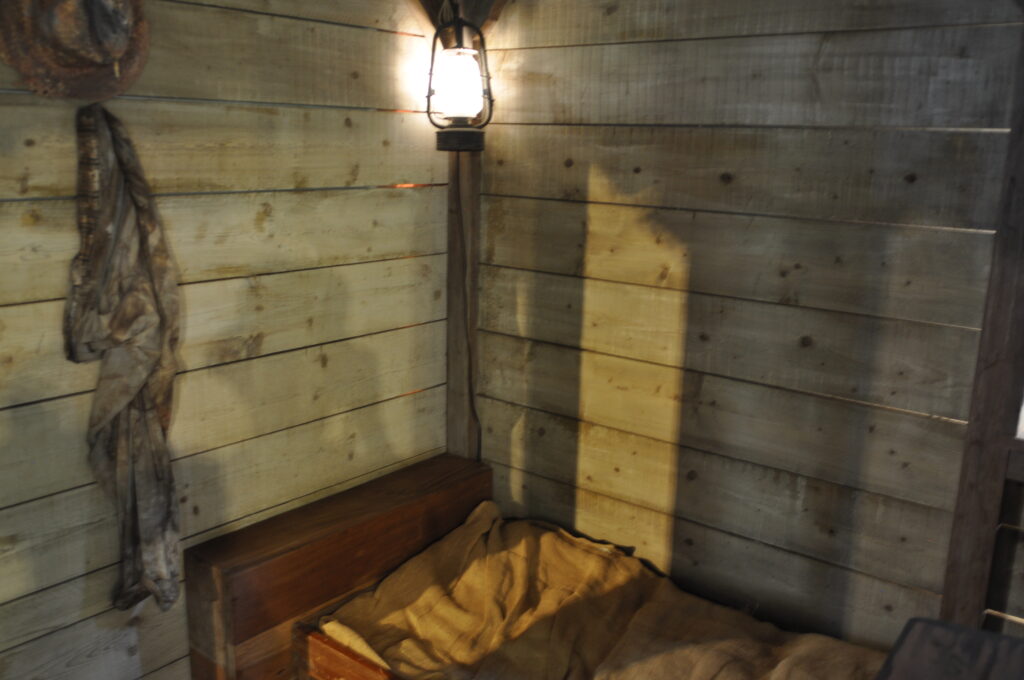After sailing through quite windy weather, we arrived in Martinique. The first port where you can go through immigration control was St. Pierre. I had read that this town is called “Little Paris,” but I didn’t know about the tragic history associated with the eruption of the Mount Pelée volcano in 1902. The disaster completely destroyed the city, which was then the capital of Martinique, killing more than 20,000 people. The city has a museum dedicated to this disaster, where you can see many melted artifacts left after the huge pyroclastic flow that burned the city.
As we entered the bay, we encountered the Canadian sailing training vessel Picton Castle, which was anchored in Lunenburg near her home dock. The next morning, we saw her leaving the harbor under full sail; we learned on the Internet that she was heading back to Lunenburg, completing her eighth circumnavigation of the world.
Our stay in Saint Pierre was very pleasant. We enjoyed walking along the “Parisian” streets, visiting the disaster museum, the Eglise du Mouillage cathedral, and the ruins of the city theater. One of the most interesting visits was to the Paul Gauguin Museum, which celebrates the artist’s brief but impactful stay here in 1887. Gauguin was dazzled by the beauty of the island and the richness of its natural motifs. Shortly after his arrival, he settled with his friend and fellow artist Charles Laval in a hut located two kilometers from Saint Pierre. It was here that his famous tropically vibrant post-Impressionist style began to take shape, a style he would later fully develop in Tahiti.











































































